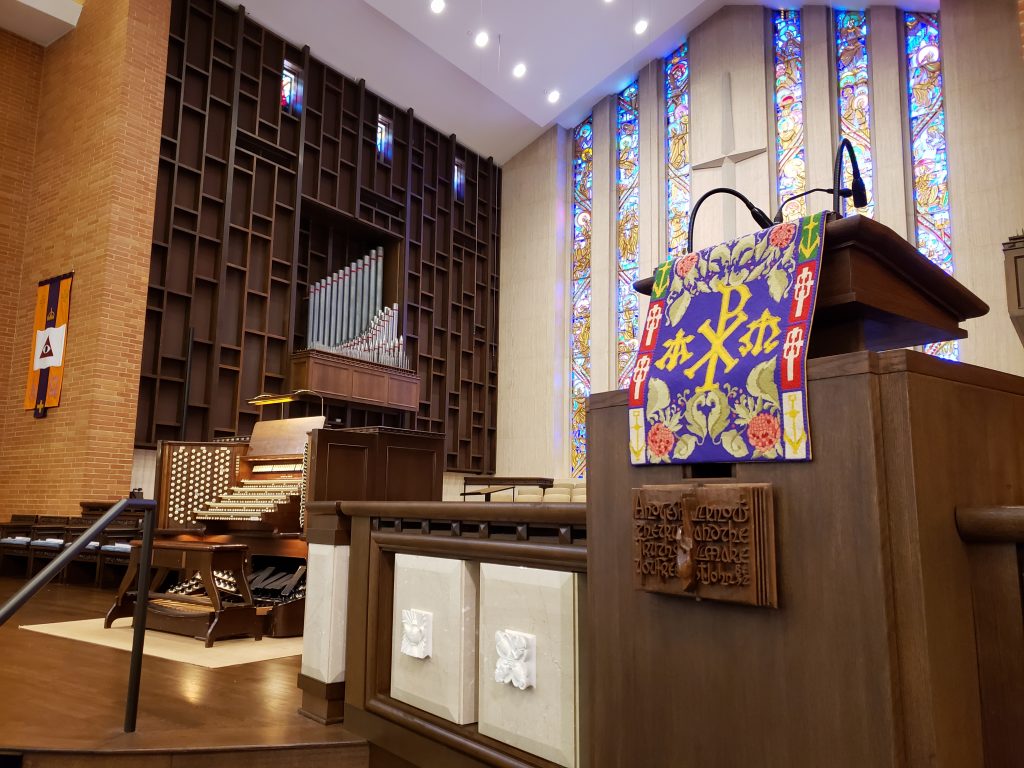Gathering with other followers of the Way of Jesus in an indoor sacred space for a time of worship each Sunday was part of my life story from birth until the onset of the COVID-19 pandemic.
As I participated in the first few weeks of online or virtual worship, I never considered that this would become a new normal much less that it would extend into the year 2021.

Six Months
After six months without gathering for in person worship, I shared some reflections on my experience noting that it took many congregations quite awhile to become proficient in hosting online services and even longer to begin incorporating communion in these virtual experiences.
Ten Months
Now, ten months after last gathering for an indoor in person worship service (I did attend a parking lot service during which all participants remained in their vehicles), I have some additional thoughts about the shift to virtual worship.
- Love of neighbor. The commitment by many congregations not to offer any indoor in person worship services until it is safe to do so is the most widespread and visible act of love of neighbor I’ve ever seen.
- Fellowship. A significant number of people rely on their church as the primary way they engage in regular, warm, caring and intergenerational conversation. While most congregations have overcome obstacles to provide regular online worship experiences, far fewer have managed the same level of success in providing robust opportunities for fellowship.
- Service. Local, national, and global opportunities to serve have been greatly reduced. During a time when travel is not as safe as it once was or will be in the future, attention to local needs should be central. It is imperative that congregations partner in new ways with schools, non-profits, and other faith communities to meet increased demand for services meeting basic human needs.
- Worship. At some point it will again be safe to gather for in person indoor worship. It is essential that such a transition build on lessons learned during the last ten months, and that future in person experiences are designed in ways that will be intentionally inclusive of those who participate virtually.
- Budget. Changes in giving patterns vary widely. Each congregation should not only assess the likely impact of current shifts for future budgets but also assess the intended costs and likely uses cases for all physical spaces.
So What?
Nearly 400,000 Americans have died from COVID-19, and an unknown number face long-term health challenges as a result of contracting COVID-19. As the vaccine rollout continues, it is essential that churches continue to model behavior that exemplifies love of neighbor.
The right time to begin gathering again for in person indoor worship services will be different in different locations. It is essential, however, that such decisions are based on science rather than personal preference.